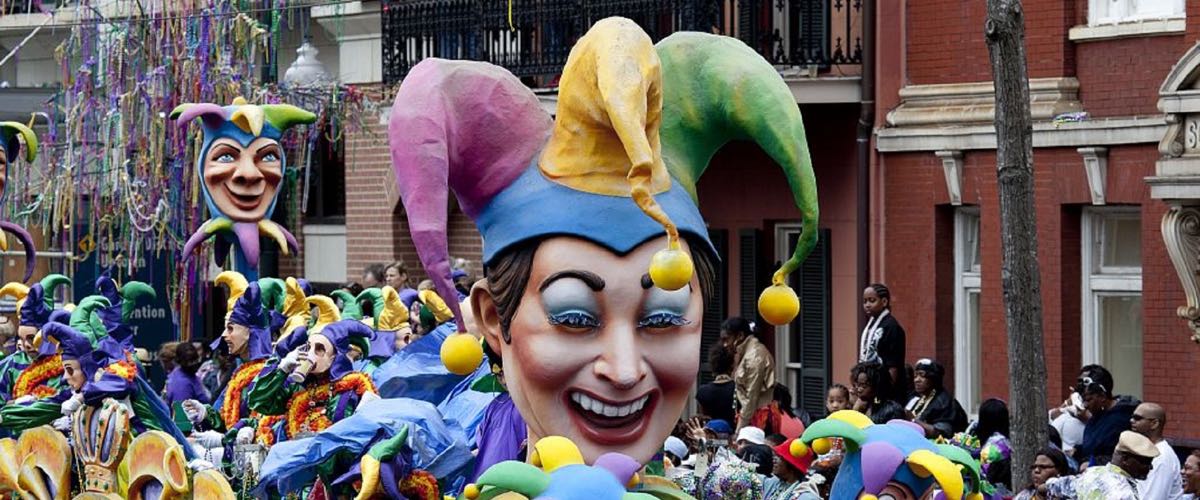Spring 2019
Lent: March 6 – April 18
In my young mind, Mardi Gras was bright purple, yellow, and green. Lent was brown, on the spectrum somewhere between the colors of dust and sackcloth. Brown still seems like a good color for Lent, but in a peaceful and anticipatory way, like newly tilled soil. It’s waiting for something to complete it. It was a long road, getting to an image of Lent that had a positive vibe. It was an even longer road that brought me to the point where I preferred Lent to Mardi Gras.
Lent is designed for one main purpose—to increase our joy in the feast of Easter. And it works. There is a tie between physical and spiritual. Physical manifestations of gratitude, repentance, and reverence during Lent make the physical manifestations of joy, abundance, and grace at an Easter feast more meaningful. Truth, Goodness, and Beauty are made real. These days, my mini-passion is restoring the traditional church calendar to the minds of Christians. Why? I was not raised in the church. I thought I was a minority when I didn’t know that an “Epiphany” was a church thing, or that Lent had any more value than simply being not fun. I had an epiphany of my own when I discovered that many “churched” adults didn’t know much more than I did. It seems even Christian homes aren’t transferring a distinctly Christian way of life.
In the Old Testament, the seasons and lives of His chosen people were structured around fast days and feast days, rituals and observances. While these things are no longer required, the centuries old “church calendar” can do the same for us. What is the benefit? We, like the chosen people of old, learn more deeply the story of Jesus. Knowledge is strengthened. Faith is fed.
There are many events on the traditional church calendar that I would like to add to our family’s traditions. Specifically, feasting together on some of the “Feast Days” written into the church calendar can add additional benefits— the uniquely Christian joys of fellowship and corporate worship. The Bible is filled with references to celebrations. What if instead of being known as “critical” and “always complaining … we as believers were known as the people of celebration and gladness, and [our homes] the place of feasting?”* Contrast the joys of Christian feasting with the debauchery and excess of celebrations like Mardi Gras. It is good to teach our children to feast in the right way, and for the right reasons. We can look to the traditions handed down by our brothers and sisters through the ages for help on how to live Christianly—and how to teach our children to do the same.
This partial list of the major “Feast Days and Observances” in the traditional Christian calendar provides ample opportunity for the fellowship of feasting.
■ JANUARY 6—Epiphany
■ JANUARY—Baptism of Our Lord (First Sunday after Epiphany)
■ JANUARY 25—Conversion of Paul
■ FEBRUARY—Ash Wednesday and the beginning of Lent
■ MARCH 17—St. Patrick’s Day
■ MARCH–APRIL—Palm Sunday, Holy (Maundy) Thursday, Good Friday
■ MARCH–APRIL—Easter (Feast of Feasts)
■ MAY—Ascension Day (40 days after Easter, always on Thursday)
■ MAY–JUNE—Pentecost (50 Days after Easter)
■ MAY–JUNE—Holy Trinity (Sunday after Pentecost)
■ OCTOBER 31—Reformation Day
■ NOVEMBER 1—All Saints Day
■ NOVEMBER—First Sunday of Advent (4th Sunday before Christmas)
■ DECEMBER 25—Christmas ![]()
By Stormy Goodwin
Read “The Lost Art of Feasting”
Print the “Traditional Church Calendar”
*See citations










